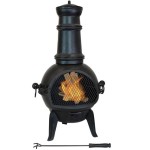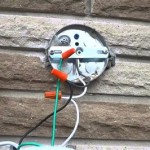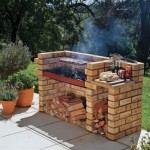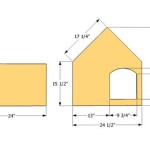Outdoor Tongue and Groove Ceiling: A Stylish and Durable Option
Outdoor living spaces are becoming increasingly popular, with homeowners seeking to extend their living areas beyond the confines of their homes. An outdoor tongue and groove ceiling can elevate the aesthetic appeal and functionality of any patio, porch, or gazebo. This type of ceiling offers a unique blend of style and practicality, creating a welcoming and inviting atmosphere for outdoor gatherings and relaxation.
Benefits of an Outdoor Tongue and Groove Ceiling
Outdoor tongue and groove ceilings offer numerous benefits, making them an ideal choice for enhancing outdoor living spaces. Here are some key advantages:
Aesthetic Appeal
Tongue and groove ceilings possess a classic and timeless charm. The natural wood grain patterns and intricate joinery create a warm and inviting ambiance. This style can complement a wide range of outdoor designs, from traditional to modern, adding a touch of sophistication and elegance to any space.
Durability and Longevity
Outdoor tongue and groove ceilings are renowned for their durability and longevity. Constructed from high-quality materials like cedar, redwood, or pressure-treated pine, these ceilings can withstand the elements, including rain, sun, and wind. Their inherent resistance to moisture and decay ensures that they remain beautiful and functional for years to come.
Versatility and Customization
Tongue and groove ceilings offer a high degree of versatility and customization. Different wood species, finishes, and staining options allow homeowners to personalize their outdoor spaces and create a unique look that aligns with their preferences. The ability to incorporate variations in panel widths, patterns, and layouts adds depth and visual interest to the ceiling.
Enhanced Insulation and Comfort
In addition to aesthetic appeal, tongue and groove ceilings can contribute to the comfort and functionality of outdoor spaces. The tight-fitting joints between the boards create a barrier against heat loss, keeping the area warmer in cooler months. Moreover, the ceiling can help to reduce noise levels, creating a more peaceful and relaxing environment.
Installation and Maintenance
Installing an outdoor tongue and groove ceiling is a relatively straightforward process, and many homeowners can undertake the project themselves with the right tools and instructions. The interlocking nature of the panels simplifies installation, while the use of durable materials ensures minimal maintenance requirements. Regular cleaning and occasional sealing are all that is needed to keep the ceiling looking its best.
Considerations for Outdoor Tongue and Groove Ceilings
While the advantages of an outdoor tongue and groove ceiling are numerous, there are a few considerations to keep in mind before embarking on a project:
Wood Species Selection
Choosing the right wood species is crucial for ensuring the longevity and durability of the ceiling. Cedar and redwood are known for their natural resistance to decay and insects, making them excellent choices for outdoor applications. Pressure-treated pine is another popular option, offering affordability and decent moisture resistance.
Finish and Protection
Proper finishing and protection are essential for preserving the beauty and functionality of the ceiling. A high-quality sealant or stain will help to prevent moisture damage, fading, and insect infestation. Regular maintenance, including reapplication of sealant or stain as needed, can extend the lifespan of the ceiling.
Structural Support
Adequate structural support is essential to ensure the integrity of the ceiling. The installation process should involve attaching the panels to a sturdy frame or joists that can safely support the weight of the ceiling and any additional loads it may bear. Consulting with a structural engineer is recommended for complex projects or areas prone to high winds.
Outdoor tongue and groove ceilings offer a compelling combination of style, durability, and practicality. By carefully considering the factors discussed above, homeowners can create a beautiful and welcoming outdoor space that will enhance their enjoyment of the great outdoors for years to come.

Back Porch With Cedar Tongue And Groove Ceiling Slate Tile House Design Patio

Build A Tongue And Groove Porch Ceiling Cardinal Home Center Central Virginia Building Supply

16 Impressive Tongue And Groove Porch Ceiling Ideas To Get Inspired Jimenezphoto Design Patio

How To Install A Tongue And Groove Ceiling The Unprofessional

Tongue And Groove

15 Impressive Tongue And Groove Outdoor Ceiling Ideas You Ll Love

How To Diy An Outdoor Tongue And Groove Ceiling Tree Farm Design Co

How To Install A Tongue And Groove Ceiling The Unprofessional

Check Out The Ceilings On These Gorgeous Custom Dreamdecks

Houston Ceilings Columns Custom Patios Tongue And Groove Ceiling Front Porch Design








